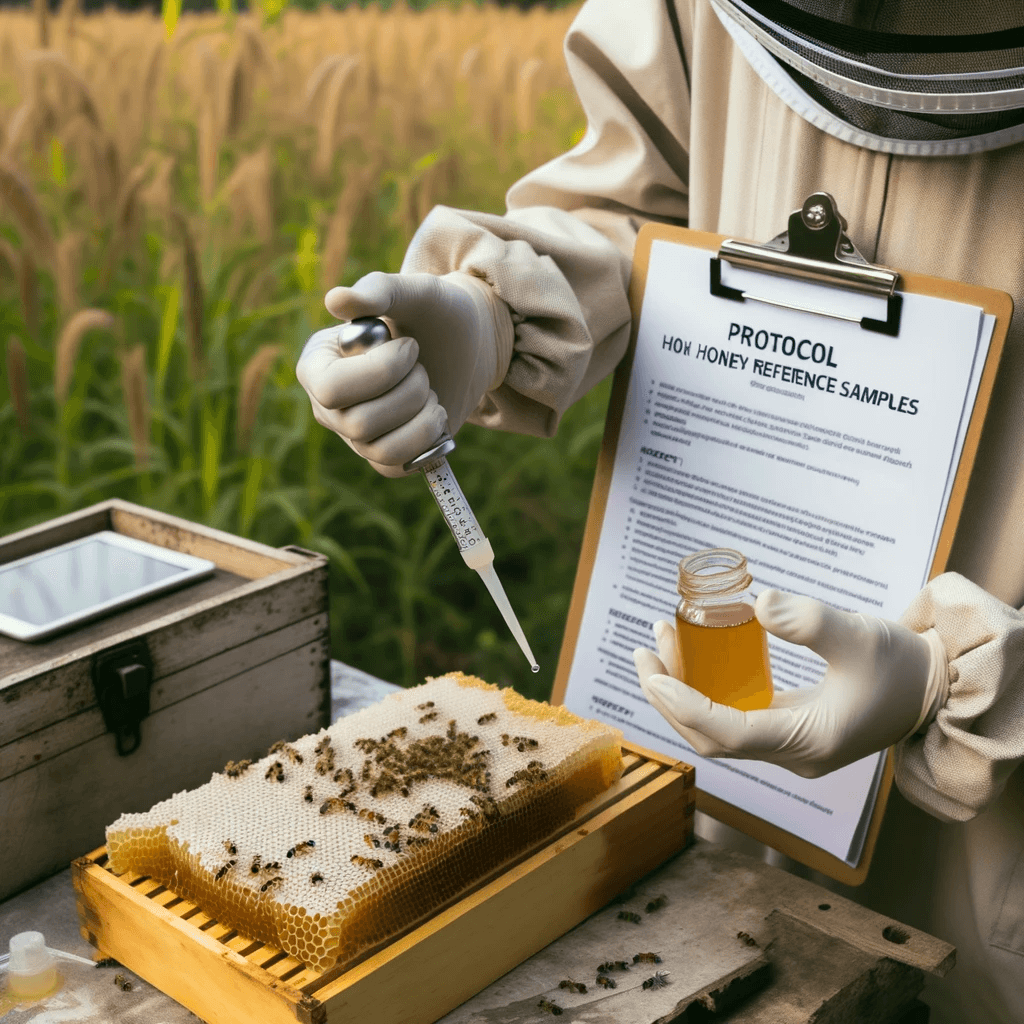Honey, that golden elixir of nature, is not just a sweet treat but a complex substance with numerous health benefits. However, the market is rife with fakes and low-quality products.
The UK government has taken a significant step to combat this issue by introducing a new protocol for the collection of honey reference samples.
This protocol aims to standardize the way honey authenticity databases are built and maintained. But why is honey authenticity such a big deal, and how can you ensure you’re getting the real deal?
The New Protocol: A Game-Changer
The UK’s Government Chemist has spearheaded the development of a first-of-its-kind sampling protocol. This protocol outlines a practical process for collecting reference samples at various points in the honey supply chain.
It also specifies the necessary records and documents required for a sample to be considered acceptable for inclusion in a honey authenticity database.
Quick Fact
Selvarani Elahi MBE chaired a working group of experts from key stakeholder groups to advise on the development of this protocol.
Why Authenticity Matters
Honey is a complex mixture of different sugars produced entirely by bees. The UK has strict laws in place that set high standards for the composition and labelling of honey products.
However, products declaring a premium status or having complex supply chains are particularly vulnerable to fraud.
Types of Honey Fraud
- Addition of cheap sugar syrups
- Incorrect labelling
- Dilution with water
Honey is a globally traded high-value commodity, and it’s among the foodstuffs most commonly reported as being adulterated. This is predominantly done by adding cheap sugar syrups, which not only deceives consumers but also undermines the efforts of genuine beekeepers.
Analytical Methods for Authenticity
Various analytical methods are used to assess honey’s authenticity. These methods range from single-analyte methods to multi-analyte screening procedures. The interpretation of the analytical data relies on comparison with existing reference sample data held within commercial reference databases.
| Analytical Methods | Description |
|---|---|
| Single Analyte Methods | Focus on one component of honey |
| Multi-Analyte Screening | Examine multiple components simultaneously |
Building Trust in Databases
To build trust in these databases, it’s crucial that ‘authentic’ reference samples are defined and collected according to an agreed protocol. This is ideally done by third parties who are independent of the database owner.
The new protocol is expected to standardise how authenticity databases are built and curated, leading to more trust in them.
Real vs. Fake Honey: Know the Difference
It’s essential to know the difference between real and fake honey. Real honey has a complex flavour profile and numerous health benefits, while fake honey is often just sugary syrup. Learn more about how to distinguish real from fake honey in our detailed guide.
Final Thoughts
The new protocol is a significant step forward in ensuring the authenticity of honey. It not only helps consumers make informed choices but also supports the hard work of genuine beekeepers.
So the next time you’re out shopping for honey, remember to check its quality and authenticity. Your health—and the bees—will thank you.




